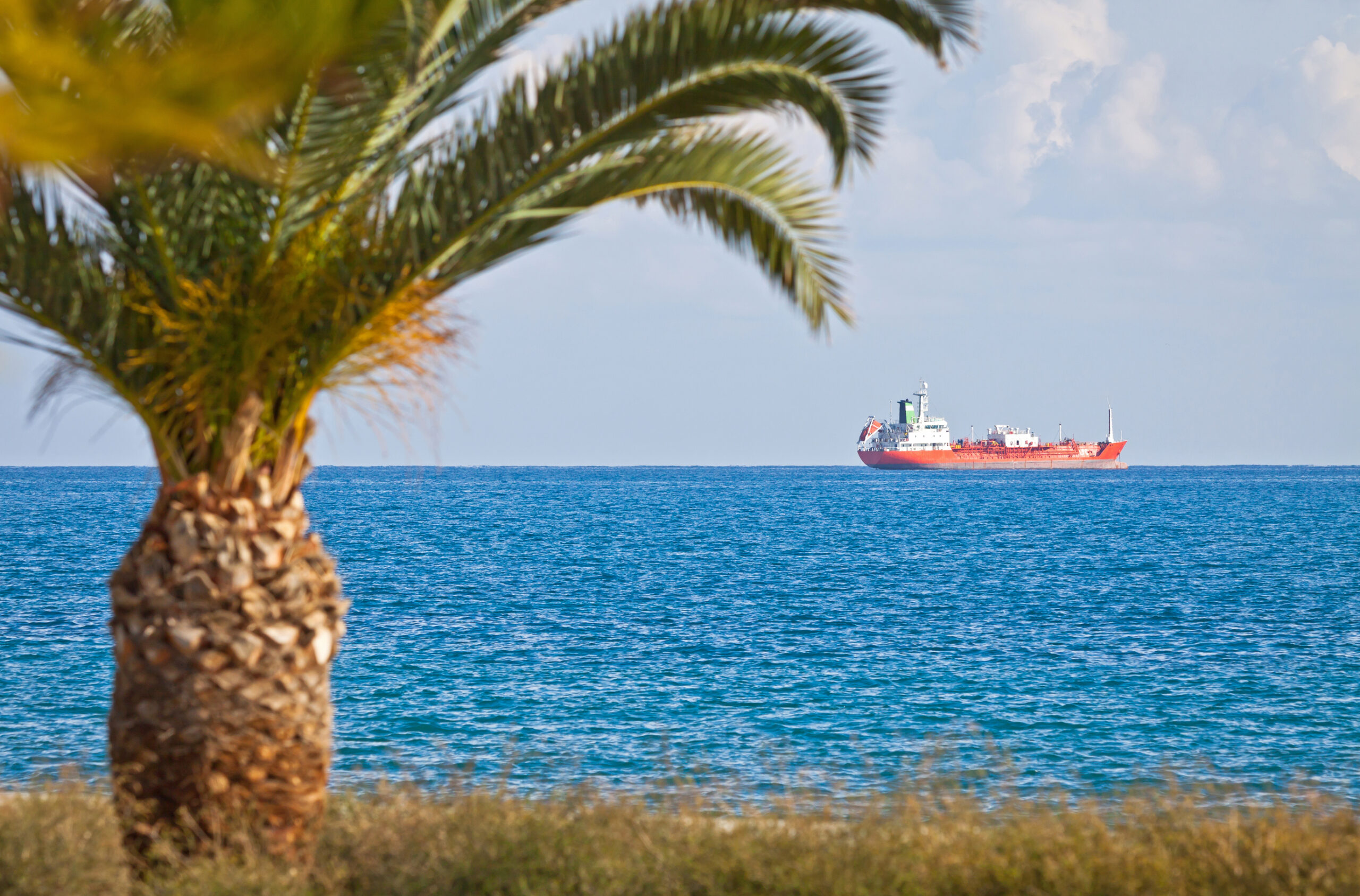Cleaner air and water in the Mediterranean Sea are on the horizon as the Mediterranean Emission Control Area for sulphur oxides entered into effect on May 1.
It will make the Mediterranean Sea the fifth Emission Control Area (ECA) for sulphur oxides in the world – protected sea areas where stricter controls are in place to minimise air pollution from ships.
In the Mediterranean Sea, it means ships will have to use marine fuel with lower sulphur content, down from 0.5% (a global requirement) to a maximum of 0.1%.
Sulphur oxide emissions in the EU have decreased by around 70% since 2014, primarily due to the establishment of an Emission Control Area in Northern Europe, as reported in the 2025 European Maritime Transport Environmental Report and the 2025 Zero Pollution Monitoring and Outlook Report.
The new Mediterranean Emission Control Area is expected to lead to further reductions. However, during the same period, nitrogen oxide (NOx) emissions in the EU have increased by 10% from 2015 to 2023, with an 8% increase specifically in the Mediterranean.
To address this issue, the European Commission and Mediterranean States are currently assessing the most effective means to reduce these emissions.
The agreement to further protect the Mediterranean’s marine environment by setting up a Mediterranean Emission Control Area was reached by the EU and Mediterranean countries, under the UN’s Barcelona Convention in 2021. The International Maritime Organization (IMO) agreed with the mentioned designation request in 2022.
In April, the IMO also approved a Northeast Atlantic Emission Control Area to reduce both sulphur and nitrogen oxides, due to be adopted later this year, with entry into effect in 2027. It will encompass the EU littoral states, Greenland, the Faroe Islands, Iceland, and the UK.
Speaking on the issue, Commissioner for the Environment, Water Resilience, and a Competitive Circular Economy, Jessika Roswall, said: “The EU and its Mediterranean neighbours have jointly set up an Emission Control Area to tackle ship pollution at its source.
“This is a major step towards making our maritime industries cleaner, more competitive, and future-proof. Preserving this marine region is crucial for water resilience, reducing pollution, and protecting the health of coastal communities and their surrounding environment.”



